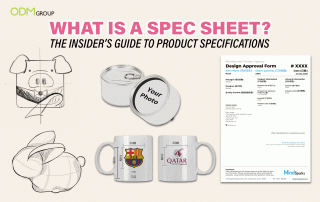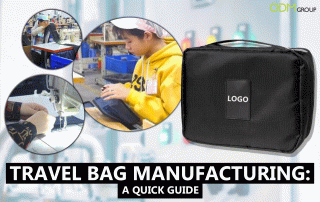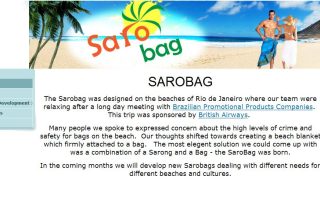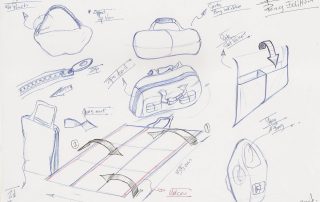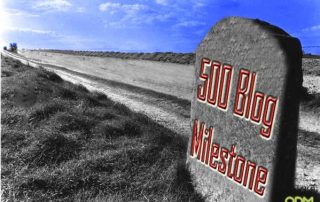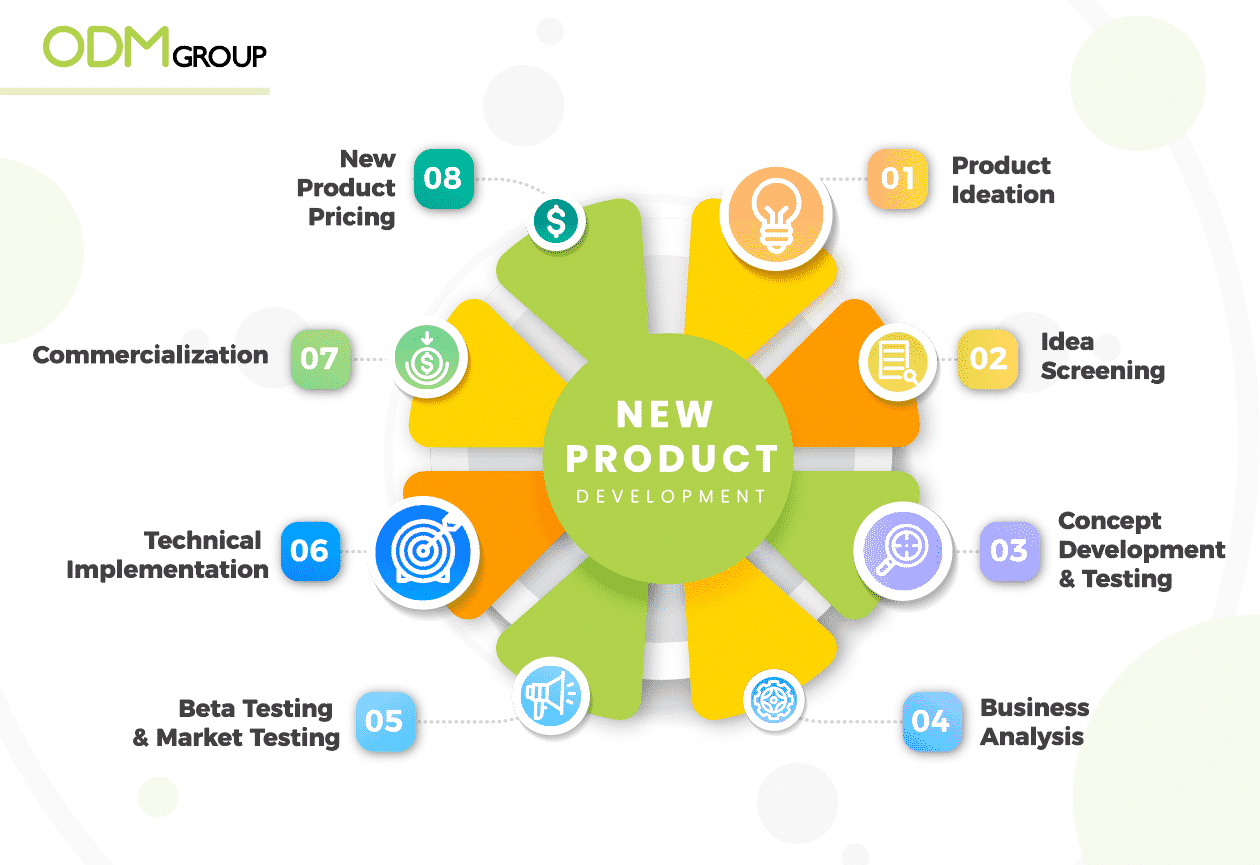
New Product Development
The Process of New Product Development
1. Ideation – Generating ideas
Here’s an insightful blog that tackles the product brainstorming process. This product development phase is crucial in selecting the best ideas for the final presentation.
2. Screening Your Ideas
A Non-Disclosure Agreement (NDA), also known as the confidentiality agreement, is a signed document between innovators and recipients. This helps inventors maintain their right to the information or data relating to the innovations they have created or owned.
Similar to a non-disclosure agreement is a brand authorization letter. This document is signed by the brand owner to authorize the vendors who want to sell the products with the mentioned brand name.
- Will the customer in the target market benefit from the product?
- What are the size and growth forecasts of the market segment/target market?
- What is the current or expected competitive pressure for the product idea?
- What are the industry sales and market trends based on the product idea?
- Is it technically feasible to manufacture the product?
- Will the product be profitable when manufactured and delivered to the customer at the target price?
3. Concept Development and Testing
- Investigate intellectual property issues and search patent databases
- Who is the target market, and who is the decision-maker in the purchasing process?
- What product features must the product incorporate?
- What benefits will the product provide?
- How will consumers react to the product?
- Prove feasibility through virtual computer-aided rendering, and rapid prototyping
- How will the product be produced most cost-effectively & what will it cost to have it – check with a reliable company specialized in product development.
4. Business Analysis
How to evaluate a patent’s value? The value of every patent varies and can be very difficult to evaluate. Listed in this blog are some common factors:
5. Beta Testing and Market Testing
Product prototyping is a crucial stage in product development. It is the initial process to turn ideas into tangible and highly functional items.
Drop testing is a procedure used to evaluate how a product packaging and its contents react to impacts such as free-falls, tumbles, and other types of handling during the shipping and distribution process.
Find more about this testing procedure by reading through this blog we prepared for you!
6. Technical Implementation
7. Commercialization (Often Considered As Post NPD)
8. New Product Pricing
The pricing process for a new product may also involve shipment calculations. Air freight is preferred by many instead of ocean freight because shipping takes a lot shorter. It is also more reliable, as well as flexible.
Learn how to calculate air freight costs by weight or volume with this simple guide we developed.
The Role of ODM
As inventors ourselves, the ODM team takes great pride in being one of the pioneers in the Promotional Product industry. We are always on the lookout for thrilling product ideas and trends in the market to ensure that our clients are always ahead of the game.
Our team will be happy to assist you in all steps of product development and other promotional product services you need for your business.
More Blogs You Don’t Want to Miss Out:
Injection moulding is a manufacturing process where a similar part is being made thousands or even millions of times in progression. It allows factories to mass-produce parts faster and more efficiently.
What are the costs involved in product development? How can you fund it through CrowdFunding? Take a read on this blog and learn more about this fundraising practice for businesses and organizations.
What exactly is good manufacturing practice? Why it is an important part of production and quality management especially for food, medicine, and medical products? Read this blog to find out.
Don’t know which product to start on for product innovation? Then this blog is for you! This will tell you everything you need to know about choosing a promotional product.
Want to find out more about how China’s ban on promotional products might affect your business? Read this blog to find out!
Frequently Asked Questions (FAQs)
What are the key stages in new product development?
The first step is ideation, which involves generating interesting ideas for the new product. Next is screening your ideas. The third step is the development of the idea and testing. Then, the business analysis. After this, the beta testing and marketing testing come. Then, the technical implementation follows with the commercialization. The final step will be the new product pricing.
What do the beta and market testing consist of?
Produce a physical prototype or mock-up. Test the product (and its packaging) in typical usage situations. Conduct focus group customer interviews or introduce at trade show. Produce an initial run of the product and sell it in a test market area to determine customer acceptance. Work with companies like ODM to get your products listed on websites or at trade shows.
What is the most important thing to do before launching the product?
Before sharing ideas with outside parties, inventors should first look at protecting their ideas.

